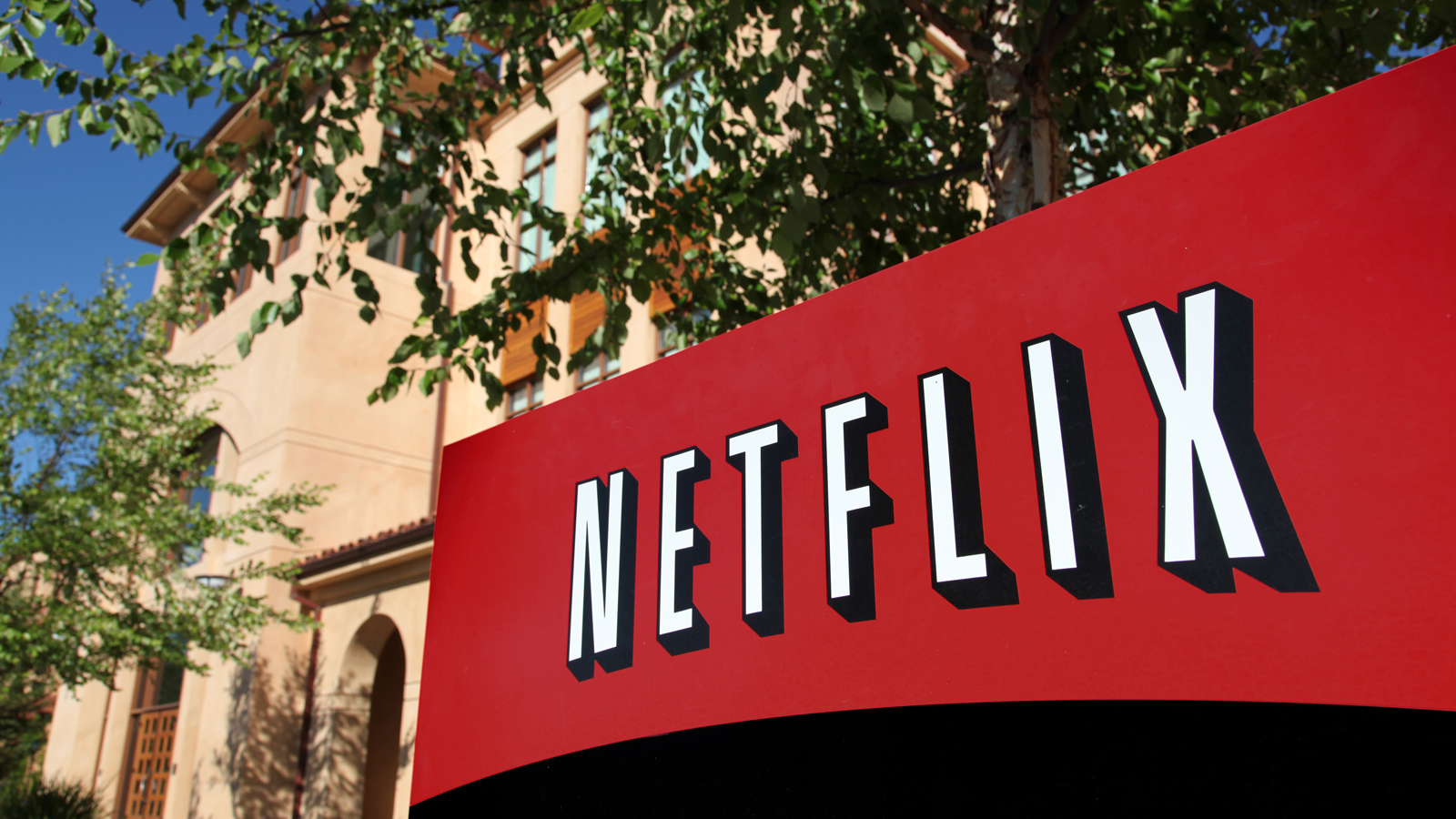Netflix underestimated the effects of its price hike
Un-grandfathering takes a toll

Netflix looks to have misjudged the fallout from raising its subscription prices as it reported lower than expected new member numbers today and conceded it's not growing as quickly as it wants.
The streaming service hoped to add 2.5 million net new members over the last three months, but only managed 1.7 million. In the US, Netflix added 160,000 new members compared to the 500,000 it expected to. Globally, it tallied 1.5 million new members compared to the 2 million it predicted.
"We are growing, but not as fast as we would like or have been," Netflix said in its Q2 letter (PDF) to shareholders.
While it met its gross additions target, it was hit by churn - the exit of existing members - that "ticked up slightly and unexpectedly."
The company pretty much explained the churn as the result of April press coverage of its un-grandfathering efforts to move longer tenured members off its old pricing structure and onto its new, more expensive one. It's always the media's fault, right?
Netflix has introduced higher subscription prices over the past two years, but delayed the $1 increase for users who'd been around for a while. The price hikes finally started impacting these grandfathered members a few months ago.
"We think some members perceived the news as an impending new price increase rather than the completion of two years of grandfathering," Netflix said.
Get daily insight, inspiration and deals in your inbox
Sign up for breaking news, reviews, opinion, top tech deals, and more.
Those who gutted out the price hike aren't leaving, the company noted, it's just the ones who thought their subscription price was going up (which it was) and decided not to wait for that to happen, or left shortly after.
Not worried, yet
The company, which remains the biggest player in the streaming game, is taking a long view of the situation, noting that while "un-grandfathering and associated media coverage may moderate near-term membership growth, we believe that un-grandfathering will provide us with more revenue to invest in our content to satisfy members, thus driving long-term growth."
Netflix isn't wavering from un-grandfathering and plans to complete it this year, bringing everyone in the US to its $7.99 SD, $9.99 HD and $11.99 UHD per month price structure.
Its stock plummeted 16% when the earnings report came out, and is still down in after-hours trading.
Can Netflix weather the storm?
Though it feels like a new streaming service arises everyday, Netflix doesn't think competition "contribute[d] materially to our miss in Q2." It sees itself stacking up more closely against linear TV watching hours, rather than other on-demand services.
Netflix is still top dog, but with more services like Amazon Prime Instant Video, Hulu, Sling TV, YouTube Red, Now TV and others continually improving their offerings, it may see more unsatisfied un-grandfathered customers leaving for greener streaming pastures as time goes on.
It also doesn't "believe market saturation is a key factor in the US," though it's definitely seen slower growth domestically in the last few quarters than perhaps it'd like to admit.
While Netflix welcomed a tsunami of new users in the beginning of the year thanks to its international expansion, it rightly predicted that it wouldn't be able to replicate that success in Q2. The question is, where does it go from here?
Well, it still anticipates bringing in 300,000 new US members in Q3 and 2 million internationally. Localization in Poland and Turkey appears to be part of its immediate plan to grow new members globally, and it will localize in regions as it makes sense to do so. China, meanwhile, won't join its member country ranks anytime soon due to a regulatory climate that's "become more challenging."
Netflix fully expects to reach 60 to 90 million members in the US at some point (it currently has just over 47 million). It will no doubt continue to produce some of the best content available, which will do its part in attracting and keeping users. Still, questions are bubbling to the surface about how it plans to add so many new US members and continue its global momentum, which is already showing signs of slowing, in an increasingly competitive landscape.
It sounds every bit determined to stay the course, though our advice is to shelve any future un-grandfathering plans it's cooked up in the interim.
- Best set-top box: the top 5 streaming media players reviewed
Michelle was previously a news editor at TechRadar, leading consumer tech news and reviews. Michelle is now a Content Strategist at Facebook. A versatile, highly effective content writer and skilled editor with a keen eye for detail, Michelle is a collaborative problem solver and covered everything from smartwatches and microprocessors to VR and self-driving cars.
